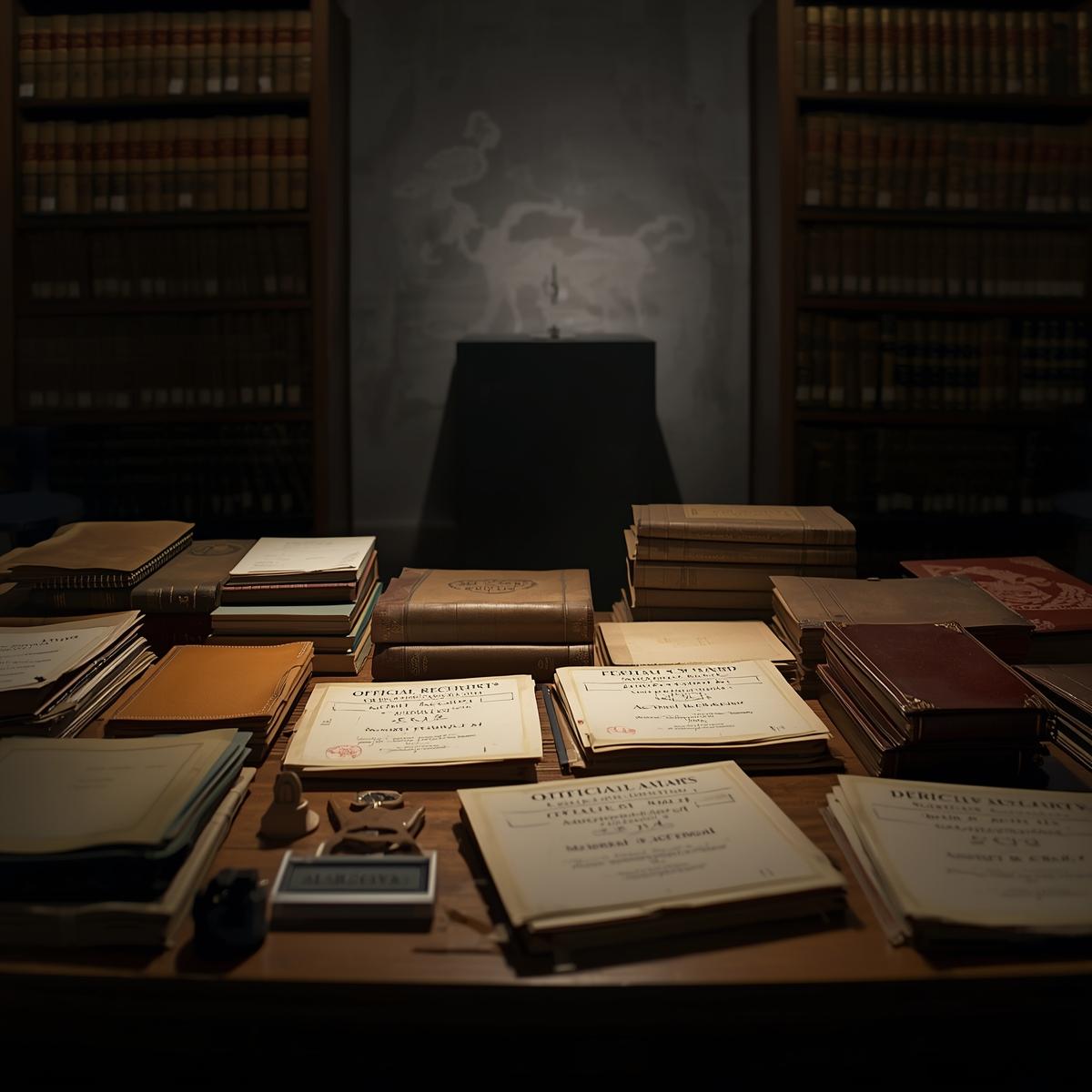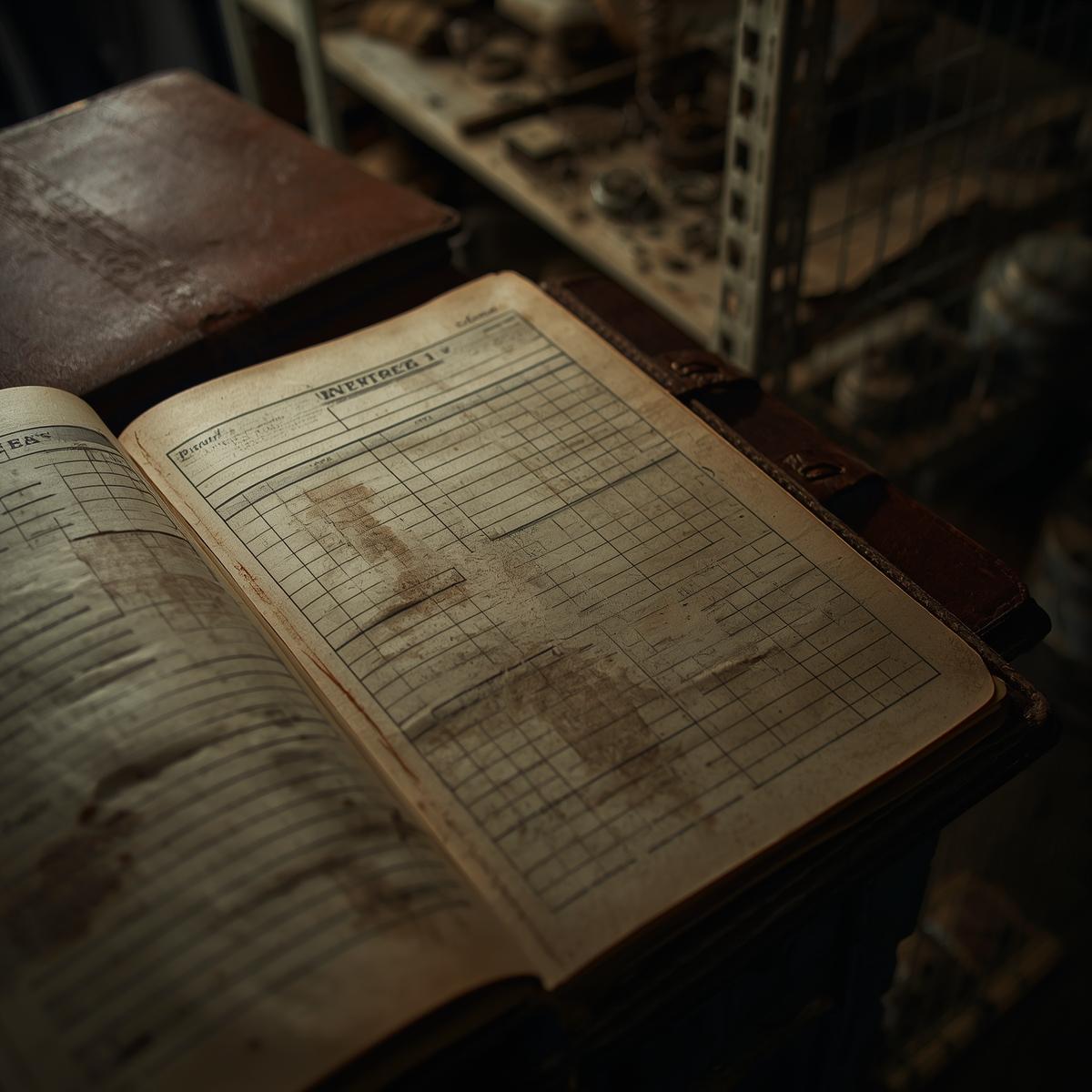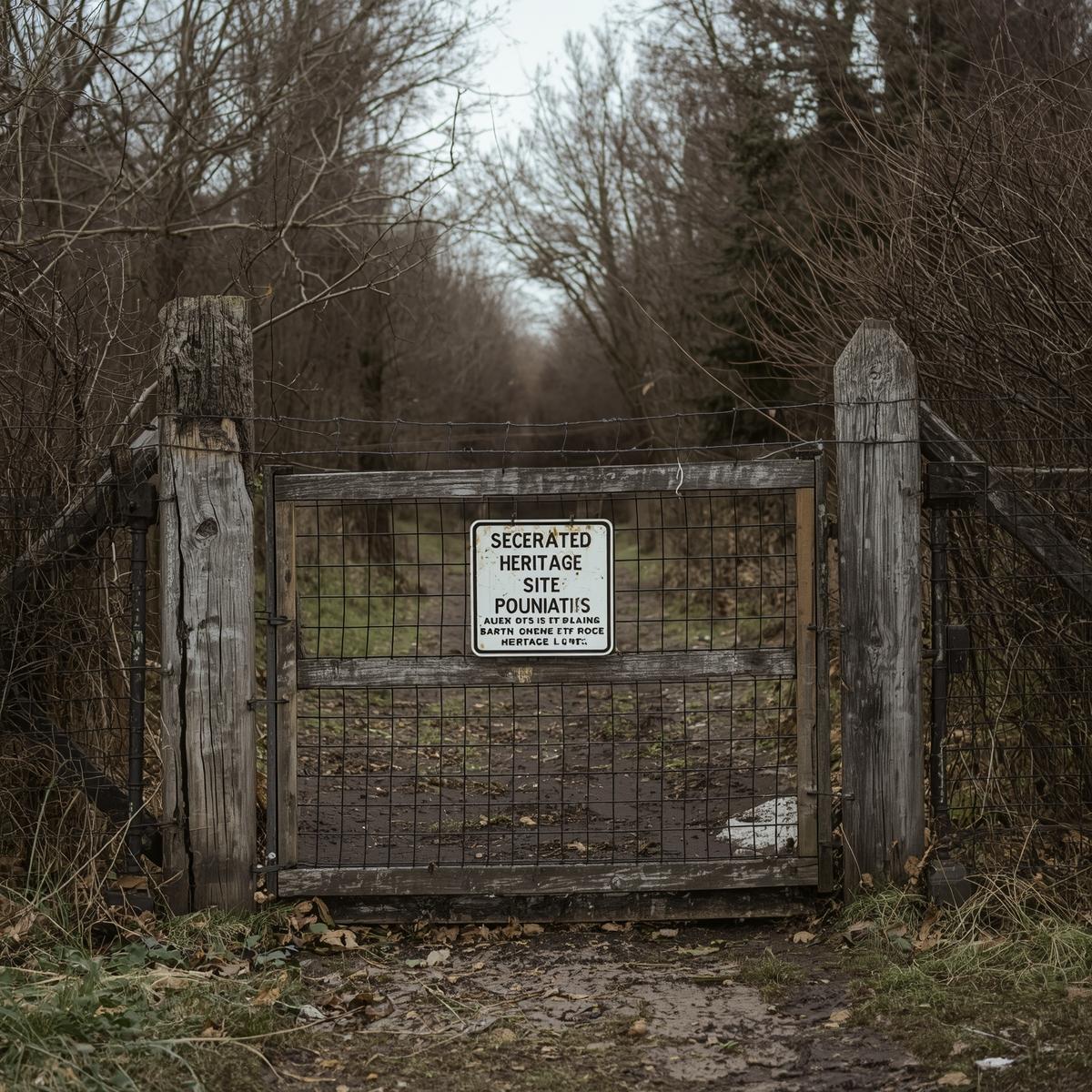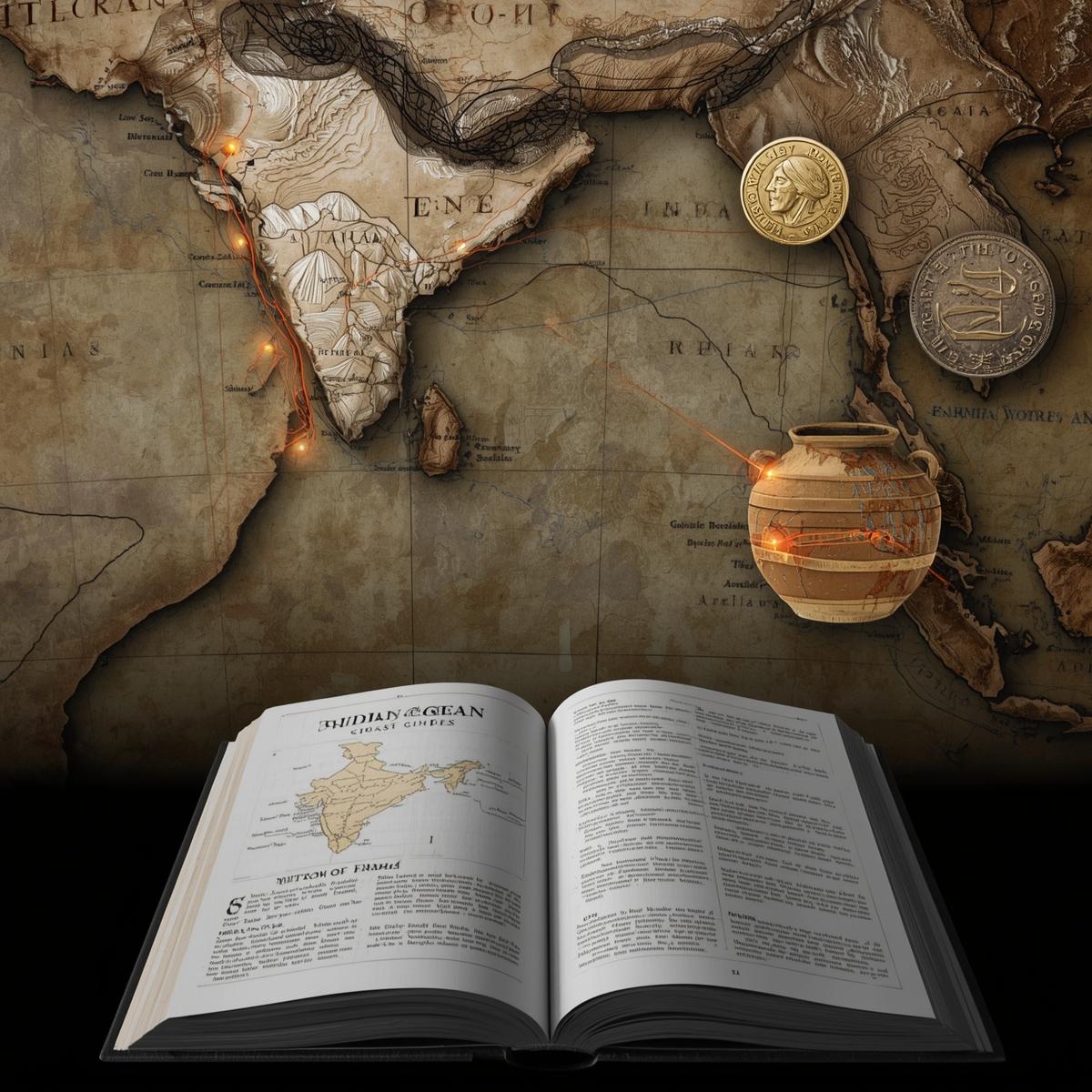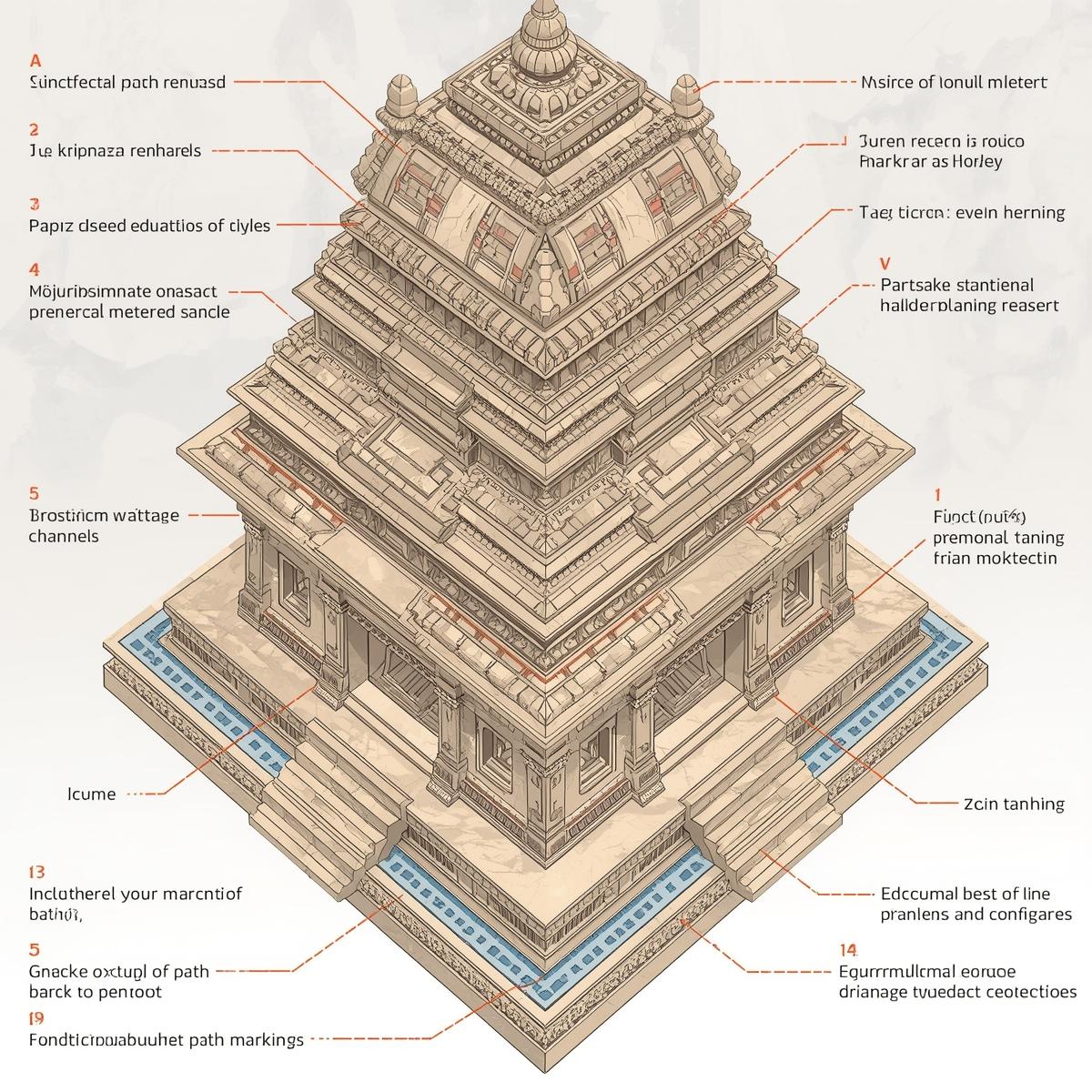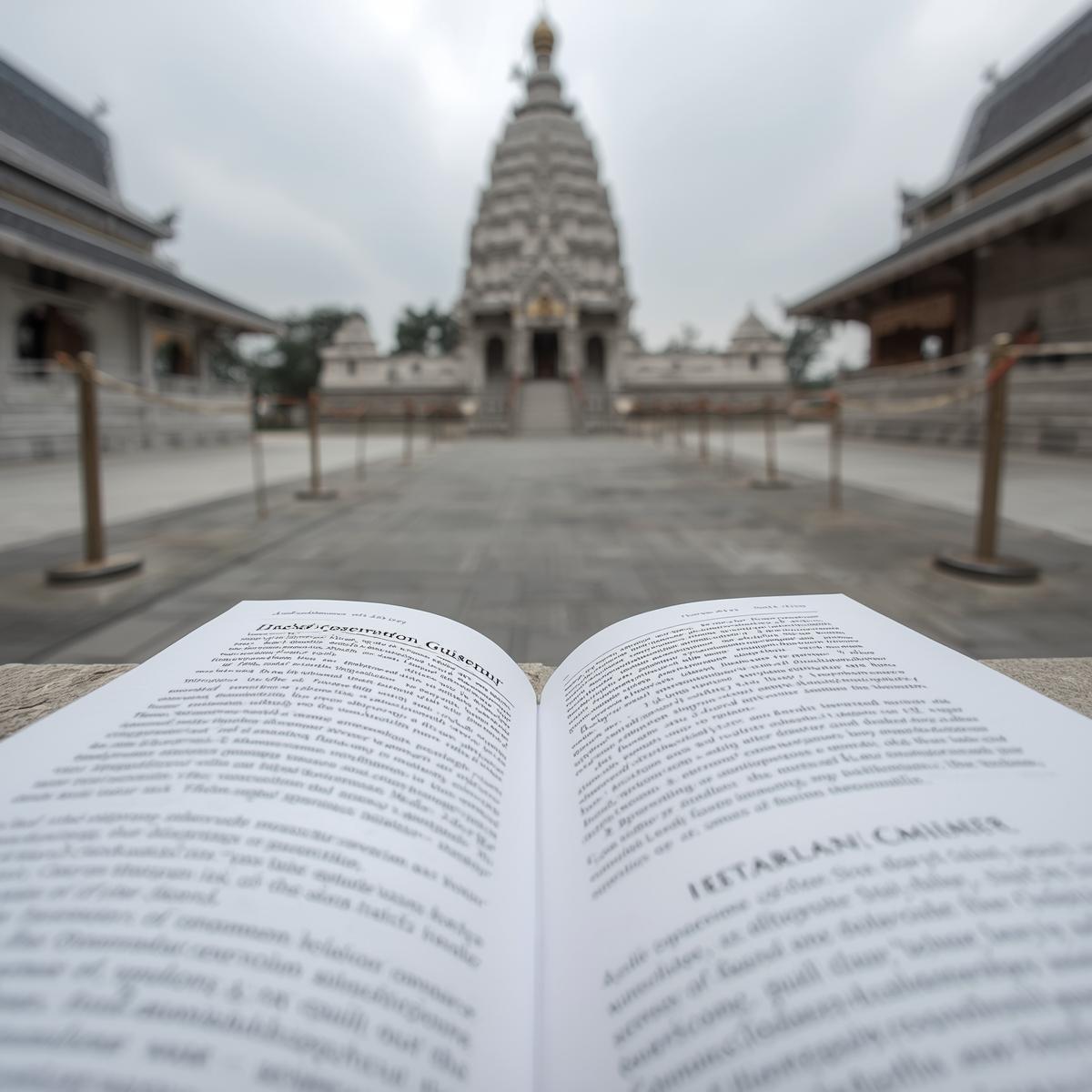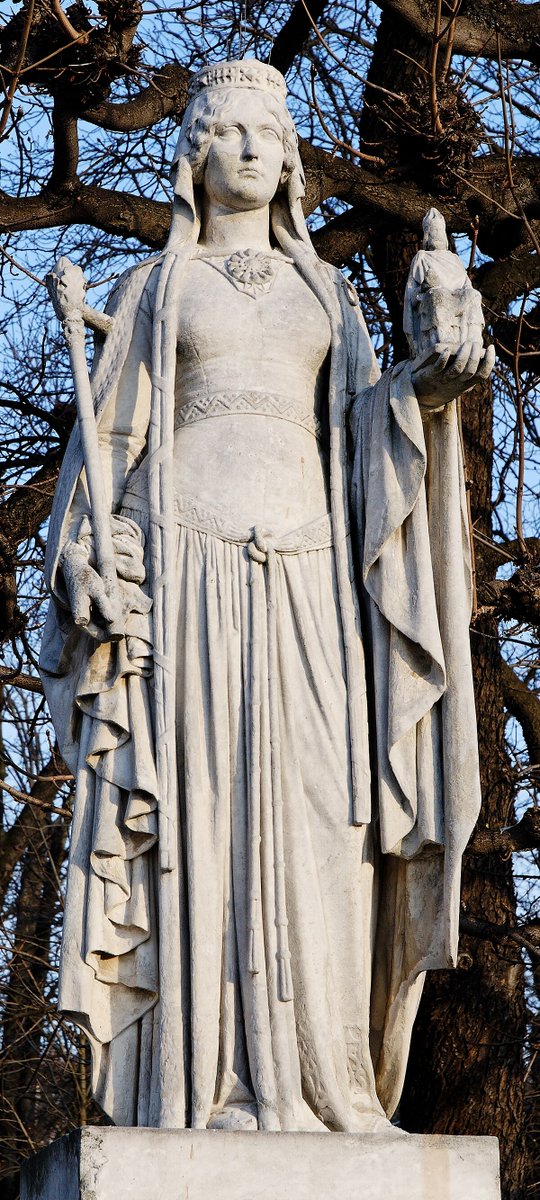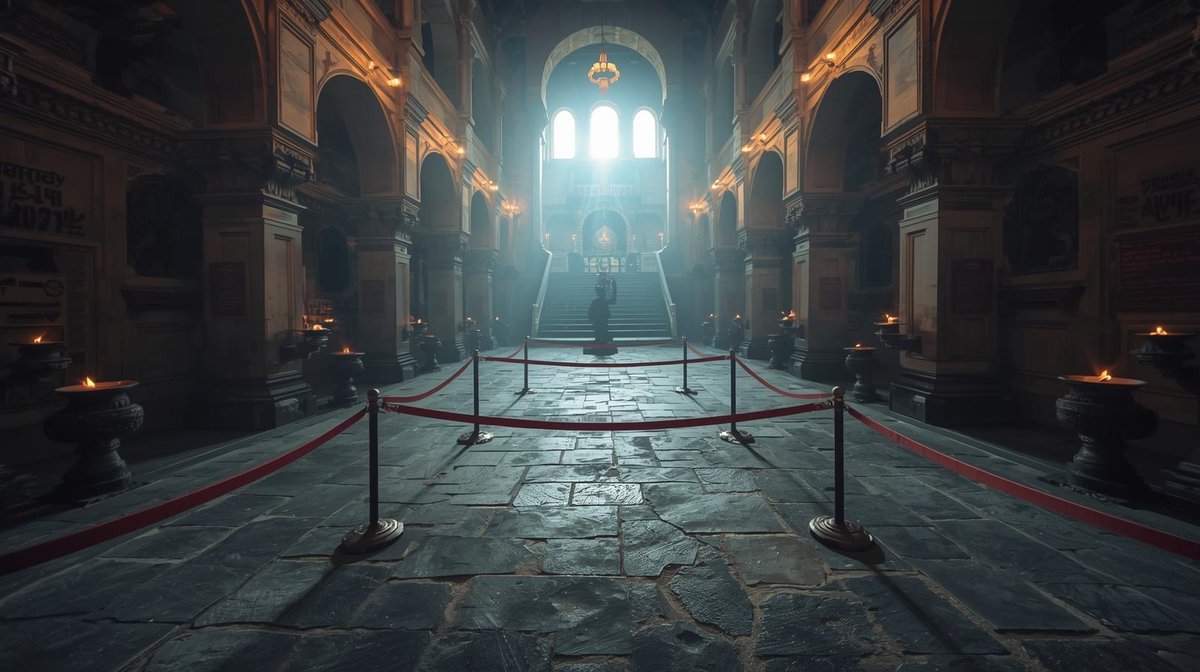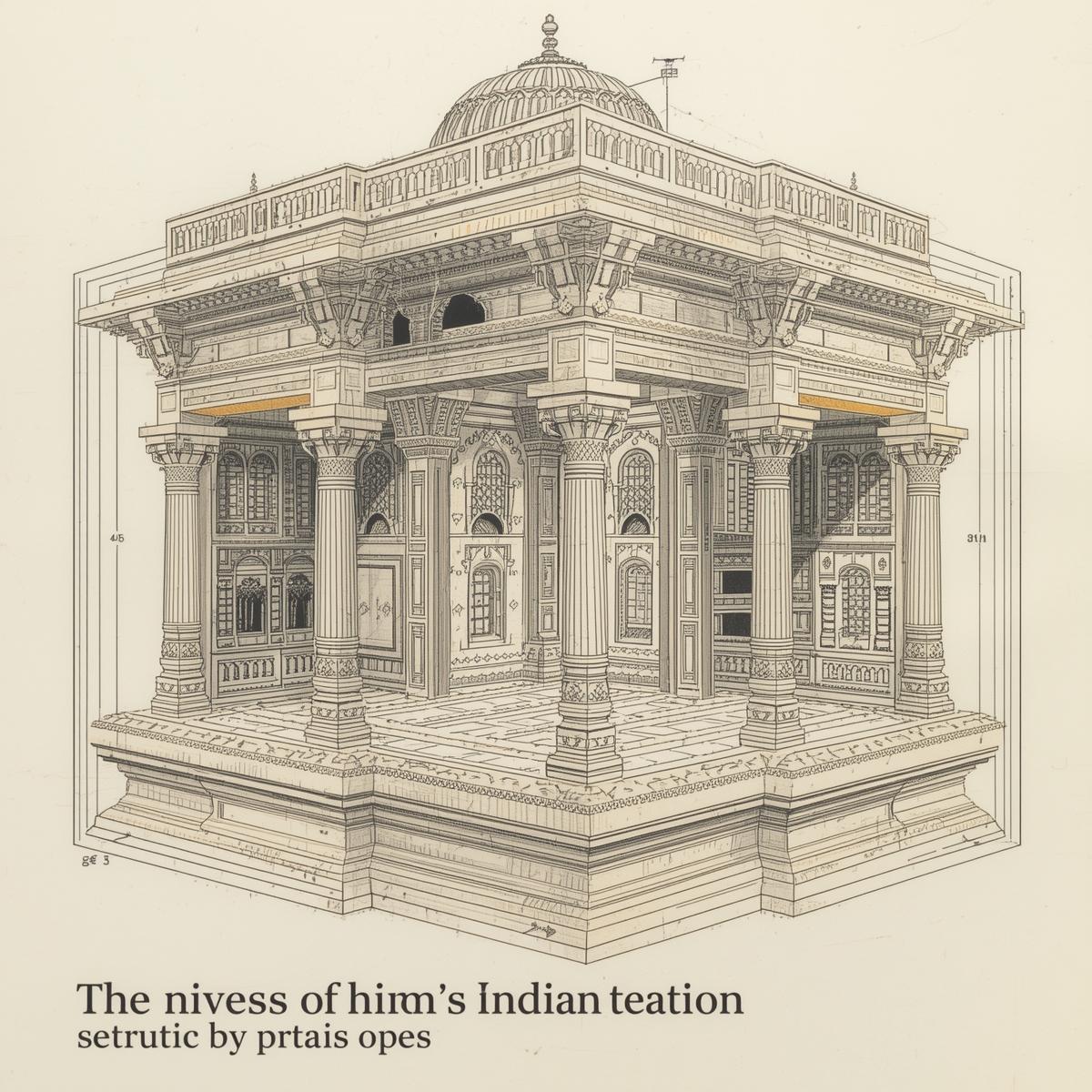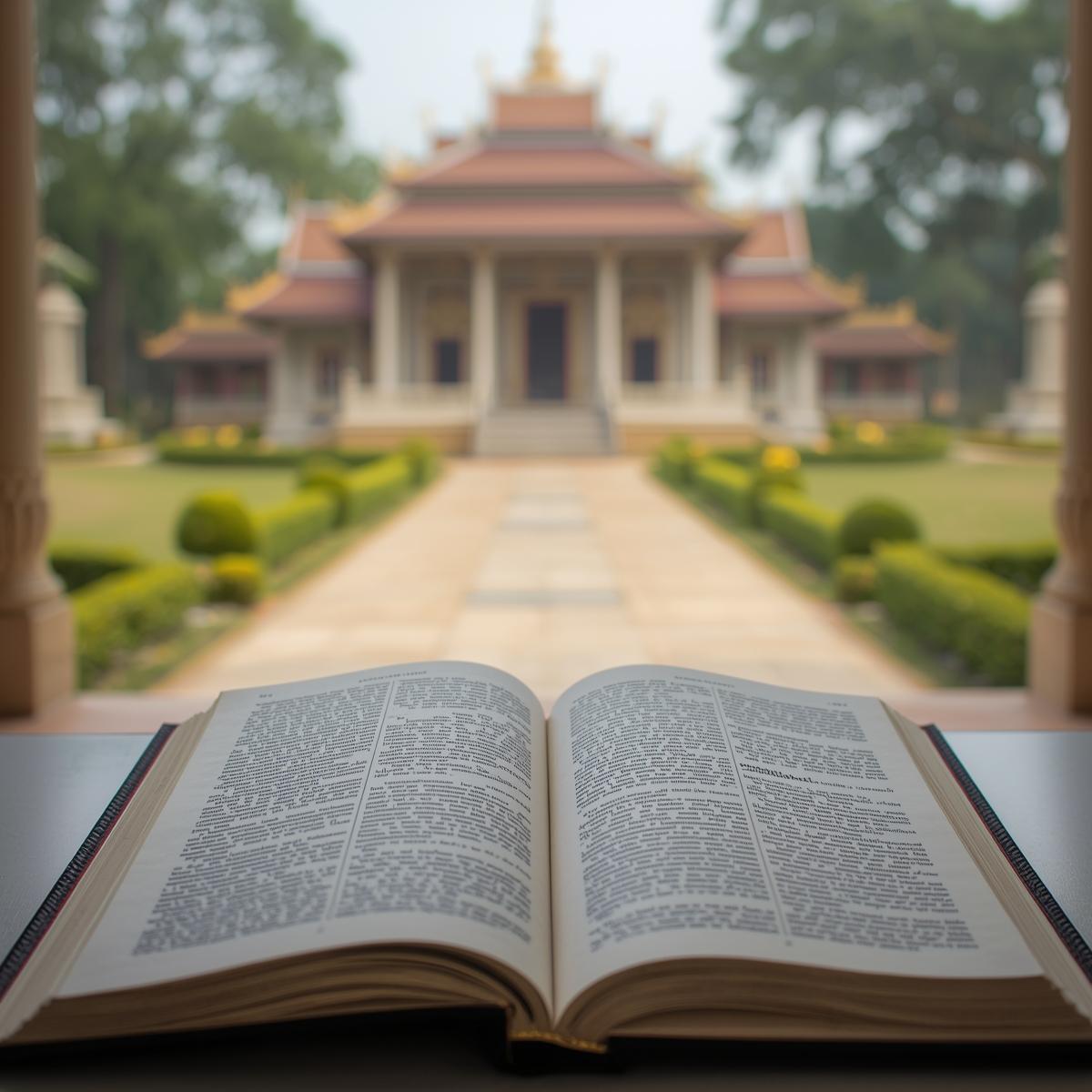The Megutti Jain Temple, Karnataka in #Aihole contains an inscription dating 634 CE.
The line number 18 & 19 are two shlokas which states that #KALIYUGA Started after 3101 BC
Let us see how it was hide from us. #Thread #Archaeology
1/5
The line number 18 & 19 are two shlokas which states that #KALIYUGA Started after 3101 BC
Let us see how it was hide from us. #Thread #Archaeology
1/5

1st shloka says 3735 years has already elapsed since Bharatha war &
2nd Shloka says 556 years since Saka era is running (on date of inscription).
Considering Saka as 78AD
a) 78+556 - The Inscription dates 634 AD
b) 3735-634 = 3101 BC is set as #mahabharata war
2/5



2nd Shloka says 556 years since Saka era is running (on date of inscription).
Considering Saka as 78AD
a) 78+556 - The Inscription dates 634 AD
b) 3735-634 = 3101 BC is set as #mahabharata war
2/5




J F Fleet removed these important lines from Epigraphica Indica thrashing these IMPORTANT lines as subsequent additions and termed it as insignificant
3/5


3/5



I tested it on an astronomy software cybersky. At the start of Feb 3102 BC at least 5 planets i.e. Saturn, Venus, Jupiter, Mercury, Mars were in conjunction on one side of earth.
The Start of #KALIYUGA
4/5
The Start of #KALIYUGA
4/5

If you are enjoying my threads, follow me at my telegram channel t.me/gemsofindology to get exclusive contents bundled and ready to share.
More inscription referring #Kaliyuga as epoch in this thread
https://twitter.com/GemsOfIndology/status/1590752551980666880?t=s9azkw9B90ZBq1OGhXmJ9Q&s=19
• • •
Missing some Tweet in this thread? You can try to
force a refresh



